Mouse Bunker
Et tu brutalist?
It looks abandoned, weeds and lichen finding home in cracks in the paving, shrubs finding cracks in the roof, but Charité workers still slip in furtively from time to time, and telltale smoke or steam rises from the top of the great hulking block of brutalist architecture.
The Deutsches Architekturmuseum once dubbed it “the scariest building in German post-war history.”
The monstrous Mouse Bunker squats beside the Teltow Canal like some sort of immovable battleship toad-tank, with long blue turrets sticking out in all directions to ward off pangs of conscience, and rows of triangular warts decorating its gaunt grey slabs. I don’t know what the architects were smoking, but it must have been strong stuff.
You can imagine what the inside is like – shiny sterile laboratories full of cages and cables, rods and levers, spikes and clamps – all the paraphernalia needed to conduct tests on its thousands of little prisoners. You can be sure they weren’t math tests.
The action occurred on four levels sandwiched in between two technical floors “due to the complex ventilation and air conditioning requirements.”
According to Slow Travel Berlin‘s excellent 100 Favourite Places book, the Mouse Bunker could keep “up to 45,000 mice, 20,000 rats, 5,000 hamsters and sundry other rodents as well as lesser numbers of sheep, pigs, chickens and frogs.”
There were protests outside when the facility was in the throng of its fevered activities, back when it used to house Freie Universität Berlin’s Central Animal Laboratories. If those FU students weren’t chopping up dead bodies up the road, they were sticking forks in live ones here.
Designed by husband and wife pair Gerd and Magdalena Hänska, construction of what would become known as the Mouse Bunker began in 1971. It was held up for a few years as costs spiraled way out of control, from an estimated 4 million Deutschmarks to a whopping 126 million. (It’s a Berlin thing.)
But it was eventually completed in 1981, and the sadistic FU students moved in the following year. The laboratories where the testing was carried out are located deep in the facility for “security reasons.”
There’s a machine at the entrance in for workers to clean their soles. Nothing, however, will ever wash away the stains from their souls.
In 2003, once the students had had their wicked way on the unfortunate animals inside, the Charité took over and the facility became the “Forschungseinrichtung für Experimentelle Medizin” (Research Facility for Experimental Medicine) or FEM for short.
Slow Travel said the focus was mostly on mice “with an emphasis on transgenic models for disease research.”
It also referred to a scandal in 2009 when some technicians died of cancer after being exposed to asbestos through an outdated HVAC system. It was updated the following year.
Now there are plans to tear the Mouse Bunker down. There are two bigger and better facilities for tormenting animals in Buch, one run by Charité, the other by the Max-Delbrück-Centrum. Buch has a long history of torment in the name of science.
Meanwhile, testing on animals is increasing. According to der Freitag, there were 222,424 animals “used” for experiments in Berlin in 2017, the vast majority of them killed or who died shortly afterward.
Scientists at the Max Planck Institute for Neurobiology did tests on zebrafish that were genetically modified to show signs of depression, adding Valium and Prozac to the water to “normalize” the fishes’ behavior. These geniuses are probably unaware that fish that aren’t genetically modified to be depressed are fine too.
With all the action now in Buch, Charité isn’t keen on paying for half-abandoned buildings and apparently it doesn’t care much for brutalist architecture or the merits of futurism either. It also wanted to demolish the neighboring Hygiene Institute – another eye-catching brutalist building designed by Hermann Fehling and Daniel Gogel – before that was finally granted Denkmalschutz in January 2021. Charité reacted as if that had been its plan all along. But it still wants to destroy the Mouse Bunker.
Objectors mobilized and a petition organized by historian Felix Torkar and architect Gunnar Klack to save the Mouse Bunker and its neighbor has already gathered more than 8,000 signatures. Not that signatures mean much to Berlin mayor Michael Müller. We’ll see if he pays any heed to these ones.
LOCATION AND ACCESS (HOW TO FIND GUIDE)
- What: Mouse bunker (Mäusebunker), formerly Freie Universität Berlin’s Central Animal Laboratories, later Charité’s Research Facility for Experimental Medicine. It’s a crazy-looking brute, and the “most significant example of Brutalist architecture in Berlin” according to those who want to save it.
- Where: Krahmerstr. 6-10, 12203 Berlin.
- How to get there: Get the S1 S-Bahn from Friedrichstraße to S-Bahnhof Botanischer Garten and walk from there. Find Moltkestraße, then it’s more or less a straight line to the mouse bunker.
You can also take the S25 from Friedrichstraße (or any of the other stations en route) to S-Bahnhof Berlin Lichterfelde Ost and walk from that station. It’s about the same distance. You’ll need to go over the canal if you come from Lichterfelde and then you can’t miss the mouse bunker. It will be the mad-looking thing on your left. Here it is on a map. - Getting in: This is the tricky part. There are still Charité workers poking around inside the building, so I would suggest leaving them alone and not giving them an excuse to ring the Polizei.
- When to go: Sundays are best as there are fewer workers around. Go during the day so you can marvel at the sight. But go soon, before the buildings are knocked down!
- Difficulty rating: 9/10. Easyish to get here. Getting in is another question.
- Who to bring: Architecture buffs.
- What to bring: Bring your camera and some refreshments. Alcoholic refreshments can be enjoyed beside the canal once you’re done with looking at architecture.
- Dangers: There was a security guy watching closely at the Institute for Hygiene and Microbiology, and workers, as stated previously, at the Mouse Bunker. So you’ll need to watch out for them and be prepared for someone shouting angrily at you in German. In fact, you should be prepared for that all the time. It’s the price you pay for being here.
Many thanks to Alex of Bad Bruises Berlin for the tip, Felipe of Fotostraße for the help, and Mark Rodden for proofreading once again!
UPDATE: Wednesday, May 31, 2023 – The Mouse Bunker has finally been given protected status (Denkmalschutz) according to reports last week from Tagesspiegel and RBB. Presumably that means it won’t be knocked down or converted into apartments, but Berlin’s record in this regard would suggest the opposite. We wait with bated breath. Meanwhile you can visit an exhibition with visions for some of Berlin’s brutalist beauties – including the Mouse Bunker, ICC and Bierpinsel – called “Suddenly Wonderful” at the Berlinische Gallerie until Sept. 18.
More brutal beauties
La Pyramide
Among all of Abidjan’s skyscrapers, none tickles the heavens more than La Pyramide, Rinaldo Olivieri’s brutalist beauty.
Buzludzha!
A strange UFO perches on a mountaintop in deepest darkest Bulgaria. Buzludzha, the country’s former communist party HQ, has to be seen to be believed.
Bierpinsel
Perhaps the weirdest of Berlin’s buildings, abandoned or not, is the hideously attractive Bierpinsel in Steglitz. It sticks out like a walrus in a tutu.
3 Comments
Submit a Comment
© Abandoned Berlin, 2023
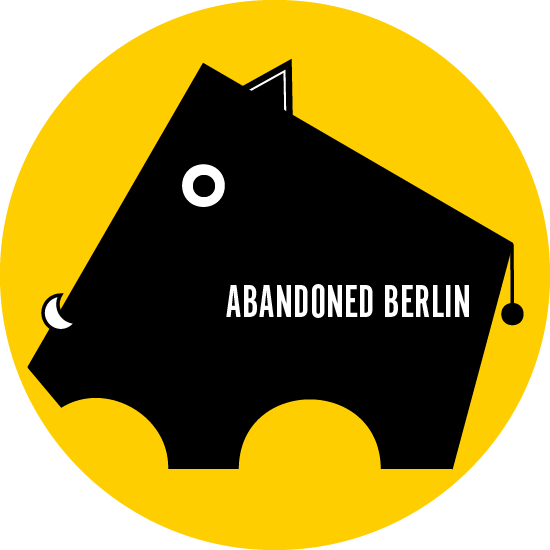
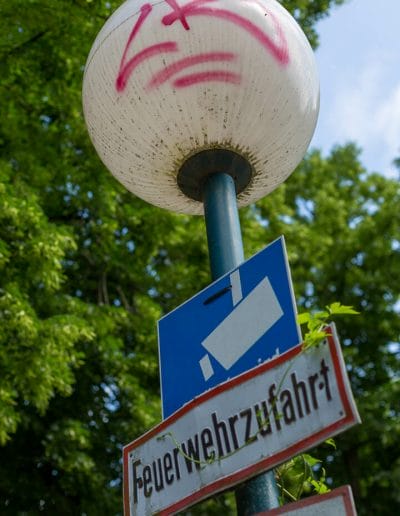
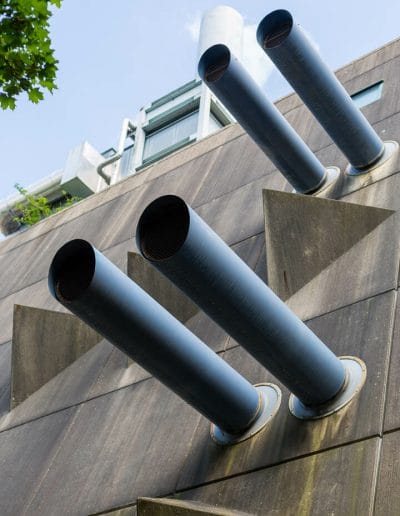
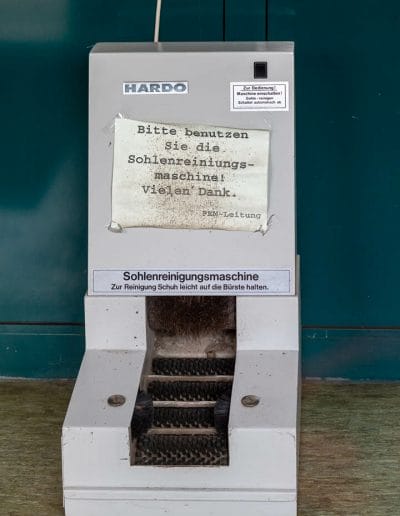
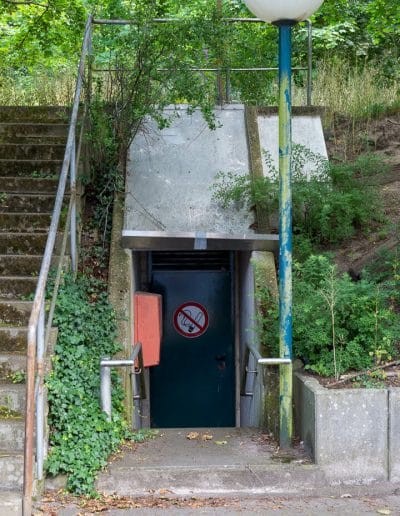
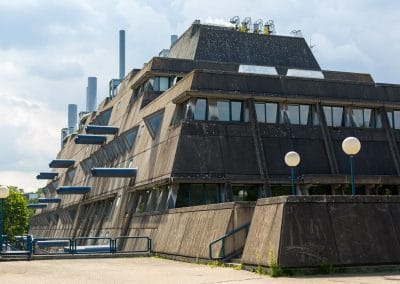


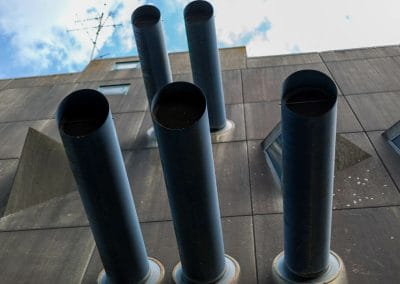

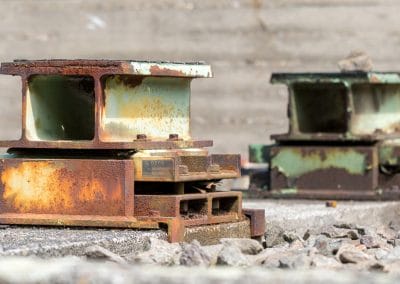

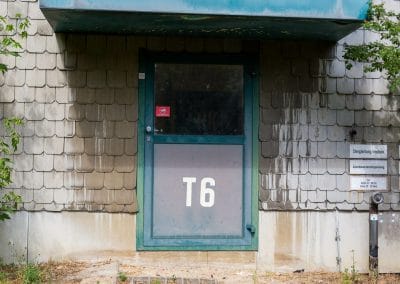



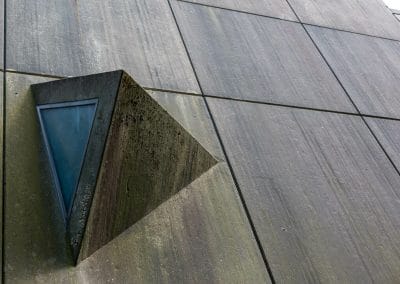
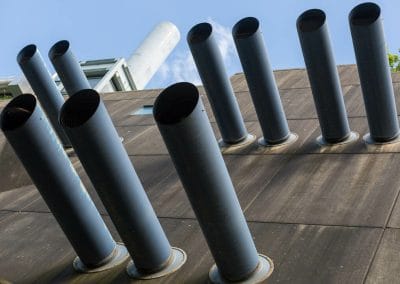
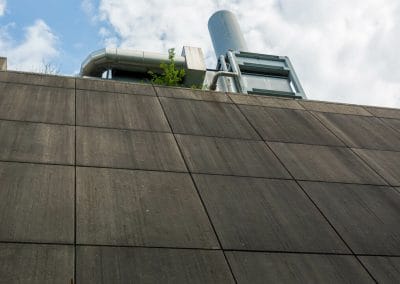


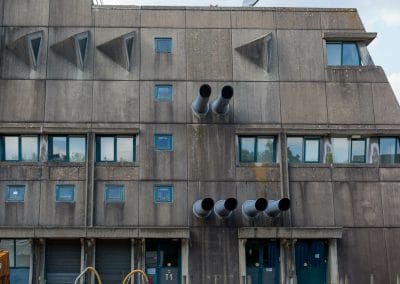

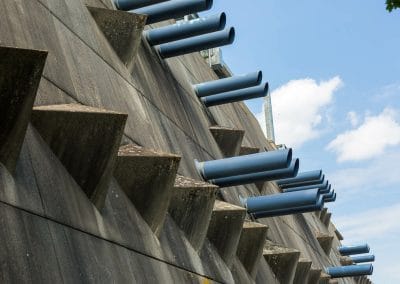



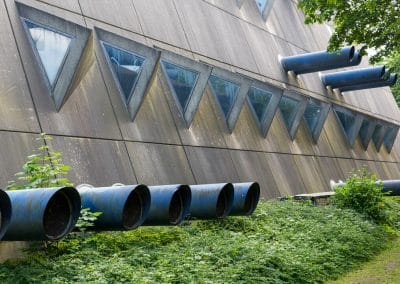
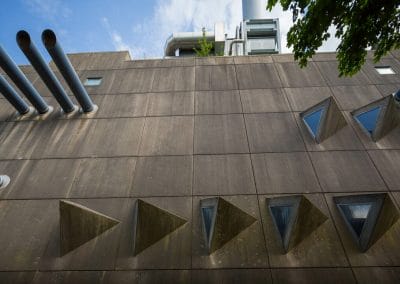
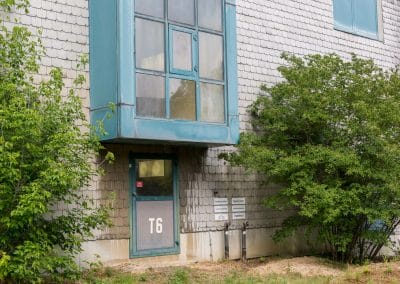

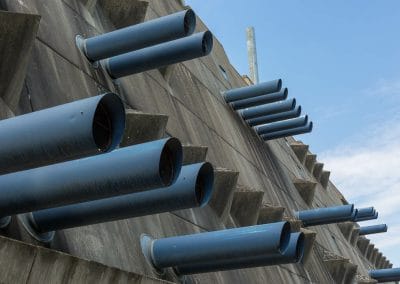

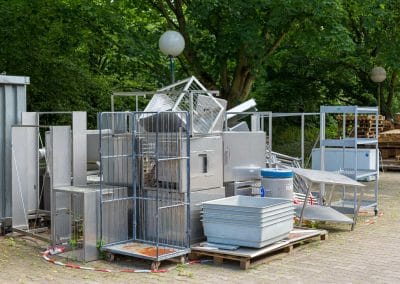

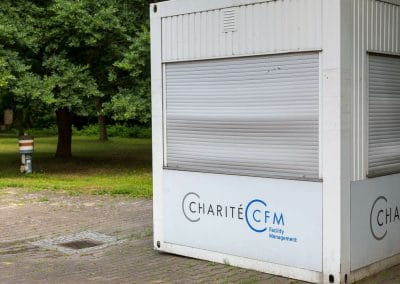
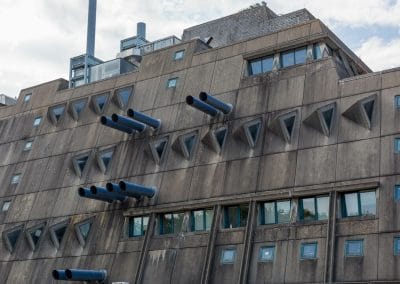
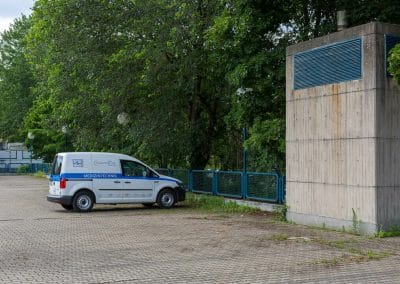

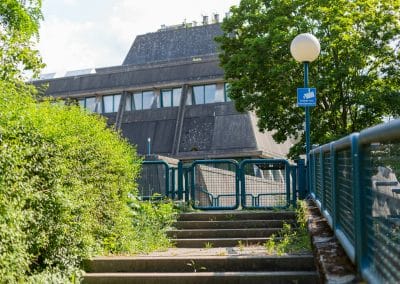



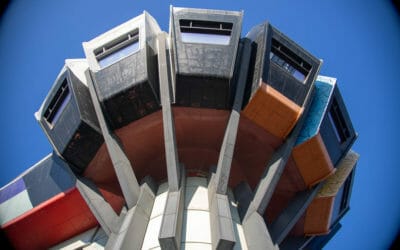
What’s up with the tone of this article?
How would people study medicine then? And develop things like vaccines for example?
It’s called humor (like, not being serious, you know) 🙂
does someone has an update?